Choosing the Right Flooring and Surfaces for Durable Outdoor Living Areas
Introduction
Creating a durable and beautiful outdoor living space extends your home and enhances your enjoyment of the outdoors. However, selecting the right flooring and surface materials is crucial for longevity and aesthetics, especially given exposure to the elements. This guide explores popular options and provides key considerations to help you make informed choices for your outdoor oasis.
Choosing the Right Outdoor Flooring
Understanding Key Considerations
Before diving into specific materials, consider these critical factors:
- Climate: Will your flooring face harsh winters, intense sun, or frequent rain?
- Traffic: How much foot traffic will the area receive? Heavy traffic requires more durable materials.
- Budget: Flooring costs vary significantly. Determine your budget early in the process.
- Maintenance: Are you willing to invest time in cleaning and sealing, or do you prefer low-maintenance options?
- Style: Choose materials that complement your home’s architecture and your personal aesthetic.
- Safety: Consider slip resistance, especially around pools or areas prone to moisture.
Popular Outdoor Flooring Materials
Concrete Pavers
Concrete pavers are a versatile and cost-effective option. They come in a wide range of shapes, sizes, colors, and textures. They are durable and can withstand heavy foot traffic.
- Pros: Durable, affordable, versatile, readily available.
- Cons: Can stain, may require sealing, can get hot in direct sunlight.
Natural Stone
Natural stone, such as flagstone, travertine, and slate, offers a timeless and elegant look. Each stone has unique characteristics.
- Pros: Beautiful, durable, long-lasting, naturally slip-resistant (depending on the type).
- Cons: More expensive than concrete pavers, can be porous and require sealing, may have uneven surfaces.
Wood Decking
Wood decking provides a warm and inviting feel. Options include pressure-treated lumber, cedar, redwood, and composite decking.
- Pros: Natural look, comfortable underfoot, relatively easy to install.
- Cons: Requires regular maintenance (staining, sealing), susceptible to rot and insect damage (especially natural wood), can splinter, composite decking can get very hot.
Tip: Consider using a decking oil with UV protection to extend the lifespan of your wood decking.
Composite Decking
Composite decking is made from recycled plastic and wood fibers. It offers the look of wood with reduced maintenance.
- Pros: Low maintenance, resistant to rot and insects, long-lasting, available in various colors and styles.
- Cons: More expensive than pressure-treated lumber, can get hot in direct sunlight, may look less natural than real wood.
Porcelain Tile
Outdoor porcelain tile is a durable and water-resistant option that mimics the look of natural stone or wood. Look for tiles specifically rated for outdoor use.
- Pros: Durable, water-resistant, fade-resistant, easy to clean, variety of styles.
- Cons: Can be slippery when wet (choose textured tiles), installation can be more complex, can be cold underfoot.
Surface Materials for Outdoor Kitchens & Bars
Countertops
Outdoor countertops need to withstand food preparation, spills, and the elements.
- Concrete: Durable, customizable, and heat-resistant. Requires sealing.
- Granite: Highly durable, heat-resistant, and stain-resistant. A premium option.
- Stainless Steel: Modern look, durable, and easy to clean. Can get hot in direct sun.
- Tile: Versatile and affordable. Choose weather-resistant tiles and grout.
Vertical Surfaces (Walls, Backsplashes)
Vertical surfaces can enhance the aesthetic and protect against splashes.
- Stone Veneer: Adds a natural and elegant touch.
- Brick: Classic and durable.
- Tile: Wide range of colors and patterns available.
- Stucco: Weather-resistant and relatively inexpensive.
Installation and Maintenance
Professional Installation vs. DIY
While some flooring and surface materials can be installed DIY, professional installation is often recommended, especially for complex projects. This ensures proper drainage, leveling, and longevity.
Regular Maintenance
- Cleaning: Regularly sweep or hose down your outdoor flooring to remove debris.
- Sealing: Seal natural stone and concrete pavers periodically to protect them from staining and water damage.
- Staining/Oiling: Wood decking requires regular staining or oiling to prevent rot and weathering.
- Inspecting: Periodically inspect your outdoor surfaces for cracks, chips, or other damage and address them promptly.
Conclusion
Choosing the right flooring and surface materials for your outdoor living space requires careful consideration of your climate, budget, style, and maintenance preferences. By understanding the pros and cons of different materials and investing in proper installation and maintenance, you can create a beautiful and durable outdoor oasis that you’ll enjoy for years to come.
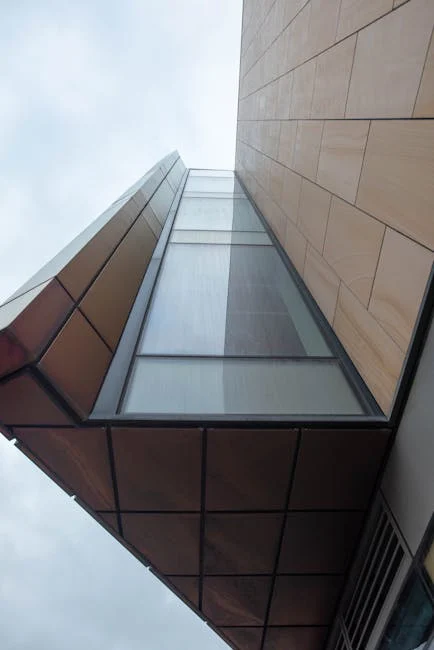


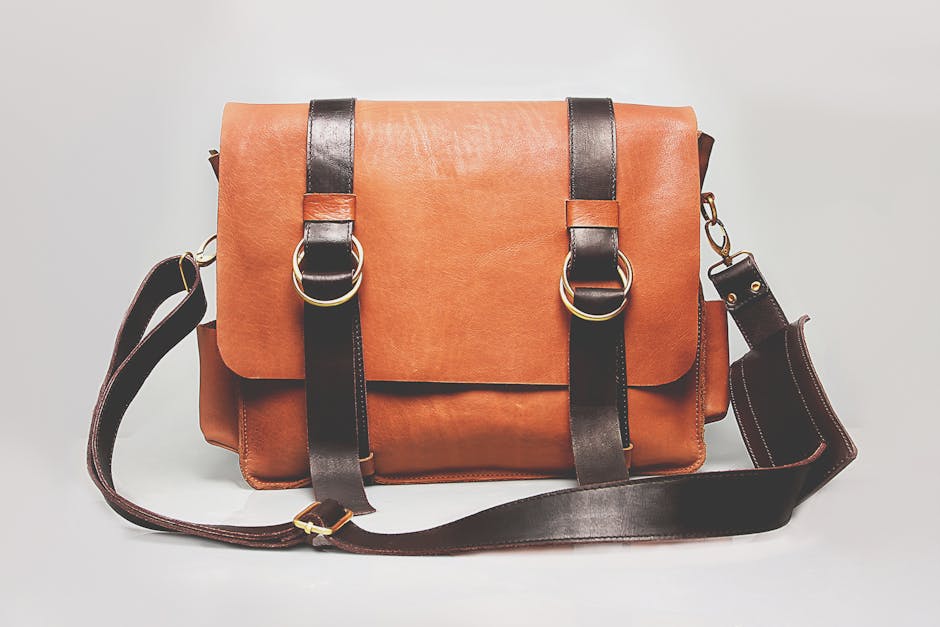


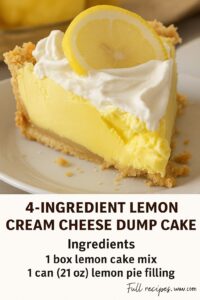
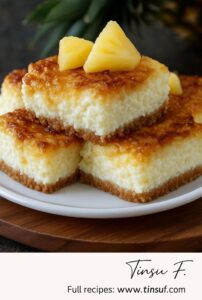
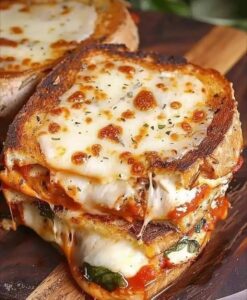



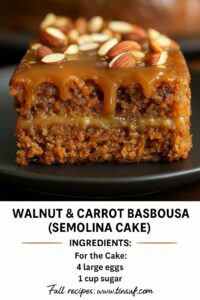
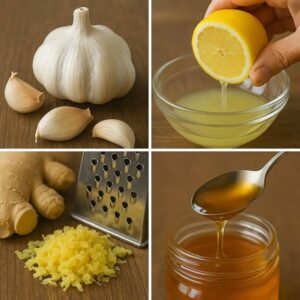
Post Comment